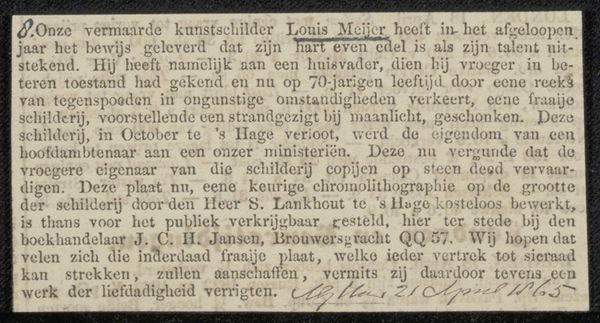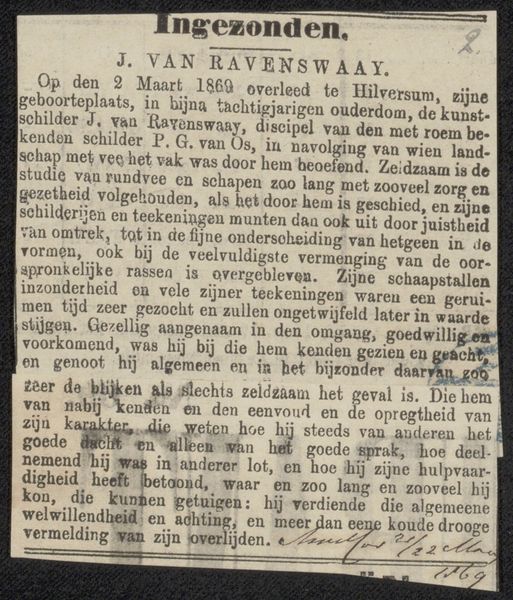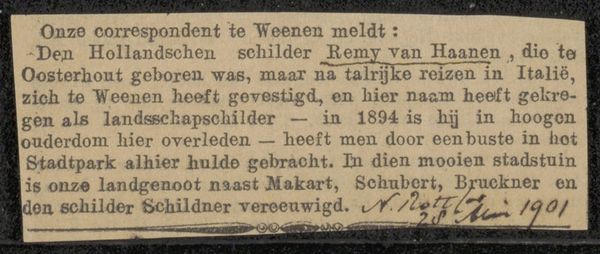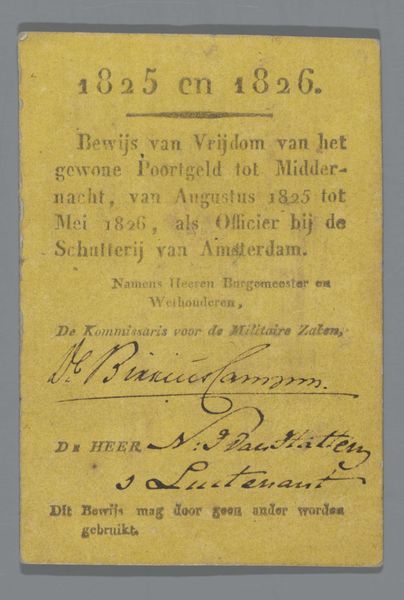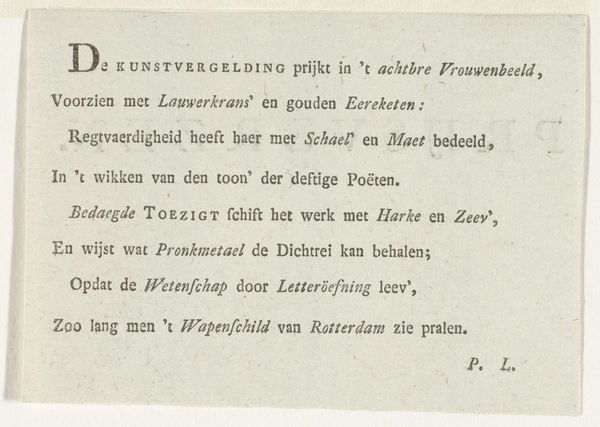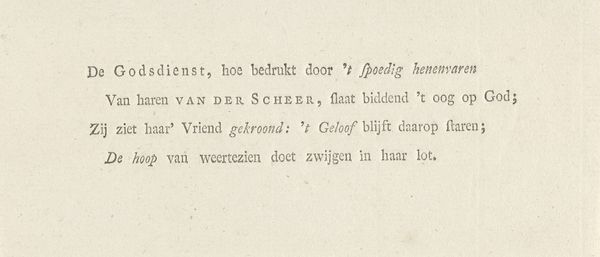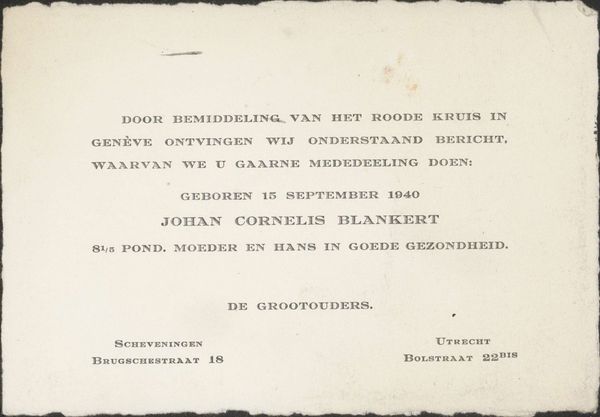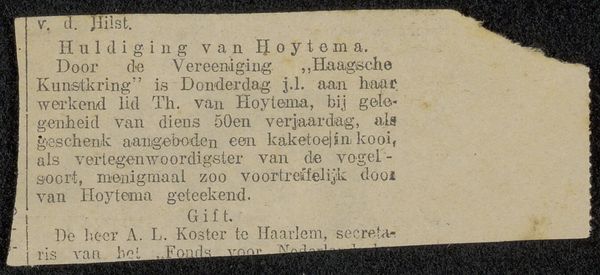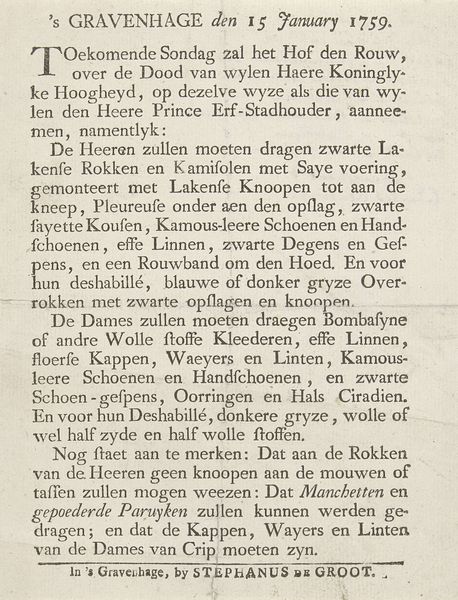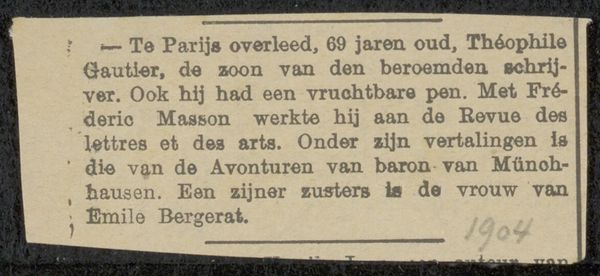
graphic-art, collage, print, textile, typography
#
graphic-art
#
collage
# print
#
textile
#
typography
Dimensions: height mm, width mm
Copyright: Rijks Museum: Open Domain
Curator: This somber announcement, “Overlijden Jan Bolswilder,” translates to “The Death of Jan Bolswilder.” Created in 1890, this work blends collage and print, utilizing typography on textile. Editor: It’s stark. The faded monochrome and blocky text convey such a direct, almost brutal simplicity, fitting for the announcement of someone’s death. The lack of embellishment adds to the gravity. Curator: The visual elements indeed reflect the gravity of the occasion. Notice the layered effect. The textual components carry both direct informational and symbolic weight, characteristic of graphic art designed to mark a transition and to solidify the cultural memory of Jan Bolswilder as an artist and member of the community. Editor: The text reveals quite a bit. He was a painter and cartoonist contributing to "The Spectator" and other humor magazines. It says his caricatures were "sometimes well received." It sounds like it comes from a local paper perhaps announcing that his funeral took place at the general cemetery in The Hague with members of Pulchri Studio in attendance? Who was Pulchri Studio? Curator: Pulchri Studio remains a key artistic institution in The Hague. Established in the mid-19th century, it served, and still serves, as a hub for artists. That this announcement mentions the President of Pulchri Studio’s eulogy really drives home Bolswilder's position in that world. What do you see as its public role here? Editor: This feels less like personal grief and more like public record-keeping, memorializing an artist for the sake of the community and cementing him in its history. The mention of the President's speech suggests a ceremonial significance. I am surprised there are no other embellishments; were such obituaries common then? Curator: This is in line with a shift we see throughout the later 19th century: the rise of a public sphere increasingly documented through printed media, forming part of the collective memory. It provides a formalized cultural send-off for a notable individual, fitting his personal contributions into a broader historical frame. The wreaths and palm branches described are symbols tied to funerary customs of the era. Editor: So in essence, we’re not just looking at a death announcement but witnessing the formalization of public mourning and the social role of the artist in late 19th-century society. Curator: Exactly. It invites us to reflect on cultural values attached to art and the artist's role at the time. Editor: And now the afterlife of that role within the confines of a museum! Food for thought.
Comments
No comments
Be the first to comment and join the conversation on the ultimate creative platform.
